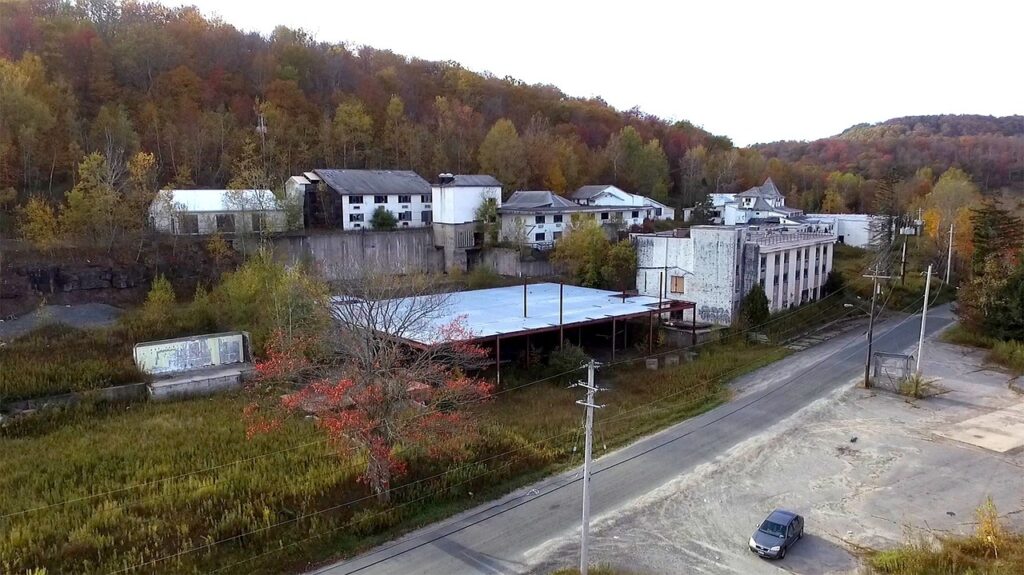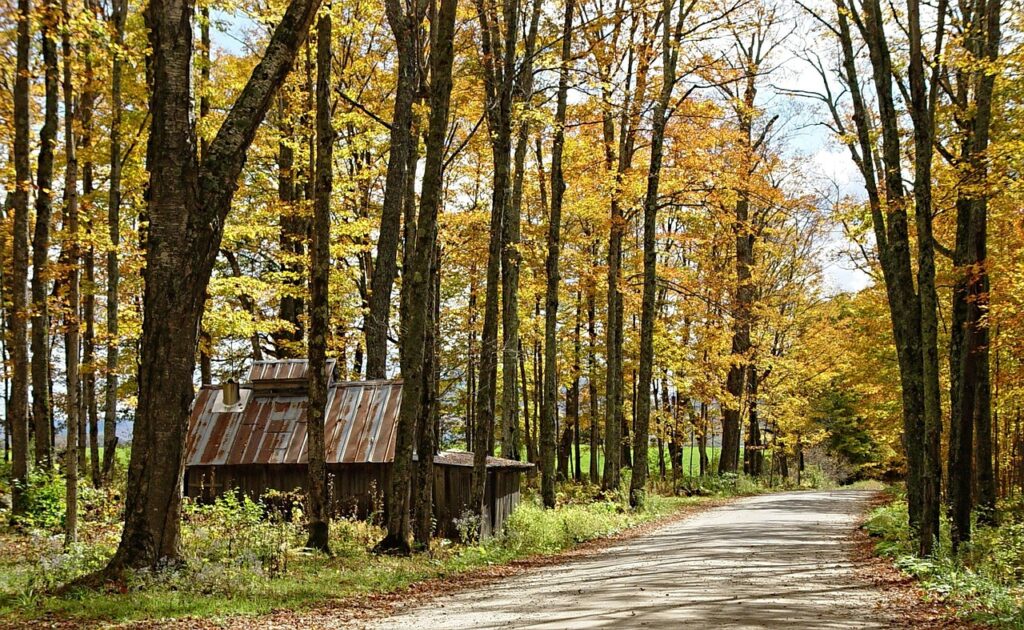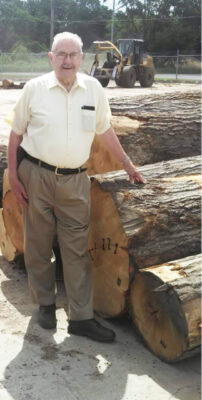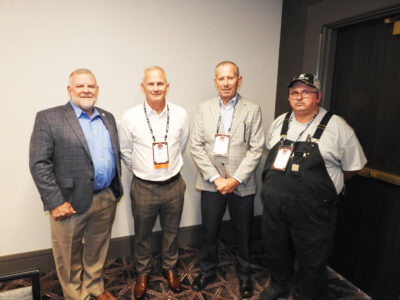Northeast Business Trends 2025 – Abnormally Lower Market Activity Experiences In Autumn
Mixed market reviews from the Northeast bounce between “okay” and “worse” than six months ago. Many in the industry have expressed concern over high interest rates and at the time of this report, they are hoping for a decrease that will assist new home buyers and other potential hardwood product consumers to finally invest.
In New York, the market is “lower than normal” due to economic turmoil, stated a lumber spokesman, who believes that “lower interest rates would help. It seems like people just don’t want to spend the money like they used to.”
When asked to compare the market to that of six months ago, he stated, “It hasn’t picked up nor has it really declined – It’s about the same but not typical for the markets that we have experienced. Typically, wintertime is busier, and it has always been that way, and everybody wants to do interior work. Summertime is usually slow, and everybody likes to be outside then.”

They sell Red and White Oak in 4/4 through 8/4 and No. 1 Common & Better. “It seems like White Oak is picking up but we’re very heavy into Red Oak. It’s hard to tell which one is going out the door more. From what I know, a lot of it goes for mouldings, door frames and doors.”
Their customers are a “wide range of end users” in addition to distribution yards and wholesalers. They “export a little but not too much. We send products to China and Vietnam, and the tariff situation is causing issues. My customers are a little skeptical about it, but my overseas clients haven’t shared many concerns about it. The worst that could happen is that they’ll just shut off and stop buying,” he added.
In Pennsylvania, a lumber representative stated the market is “fair” but “worse than six months ago.”
They handle “everything that grows in our area” such as Red and White Oak and Hard and Soft Maple in addition to Poplar which is selling the best. They work with 4/4 through 16/4 thicknesses.
End users, wholesalers and distributors are their clientele. He added that, regarding what his customers have shared about their own markets, “Everybody is kind of on hold right now.”
Labor has “always negatively affected the business,” and he doesn’t “know what to think about the tariffs yet.”
In West Virginia, a lumber source stated, “We can sell whatever we cut but we have to call everybody and get orders. We rarely get anybody calling looking for something. I thought we’d be getting covered up with more logs because of the weather but between breakdowns and hunting season creeping up on us, it’s difficult.” The market is “okay” and they did “get a bump up in our flooring orders price wise so that was a big help in the Red Oak end of it.”
He added some positivity by commenting, “It might be a little better than it was six months ago actually. Back then, there were a lot of people moaning and groaning that the market was bad, but I’ve seen a lot worse. There was a bump in the road with the tariffs, but I haven’t heard anything about that lately.”
They offer Poplar and Red and White Oak, which is “still a good item.” He referred to Red Oak as their “meat and potatoes. Even when the market isn’t as good as it should be, we have a lot of it here and it has a good grade yield. We always make some money with Red Oak – it’s our bestseller.” They also offer “the Maples” and “had a little trouble with Soft Maple in the summer but that’s evened out.” He complained about the Cherry business, noting that “If someone can get an order, the price is terrible. Cherry is popular in China because it’s cheap and looks like Mahogany. The Cherry business was always good no matter what our economy was doing because people with money would buy high end furniture, and they liked Cherry or Mahogany for the classier items, but that style has changed. People are going with painted mouldings and lighter colors but that has helped the Poplar business. Now, Poplar is worth more than Cherry. The price for FAS & Better Cherry is about 30 percent less than what it used to be.”

He explained when the disinterest in the “natural wood look” occurred, stating that the natural look was “really big up until the housing crash around 2008 – 2010. Back then, the designers were coming out with a more austere look. They could be using Masonite or particle board and painting it, but some of them are still using solid hardwood at least. There used to be about 15 billion board feet produced until the housing crash and we didn’t get to 5 billion last year. This year it will probably be lower.”
“We can sell whatever we cut but we have to call everybody and get orders. We rarely get anybody calling looking for something. I thought we’d be getting covered up with more logs because of the weather but between breakdowns and hunting season creeping up on us, it’s difficult.” The market is “okay” and they did “get a bump up in our flooring orders price wise so that was a big help in the Red Oak end of it.”
West Virginia lumber source
They cut all grades and thicknesses because that is “what mother nature gives us,” he said. “Even a veneer log has a No. 3 Common board in it. The low-grade industrial lumber is better than it used to be. Traditionally, just the upper grade FAS One Face lumber, which was about 30 percent of our production, had to carry the weight of the whole operation. Now, the contribution to the bottom line by the lower grade species has increased dramatically. Everything was carrying its own weight, so that’s one reason why we were making good money. It’s fallen back some but it’s not as bad as it used to be and the pallet business has been pretty good.”
Many sawmills in his area have closed and he reported that he sees “auction flyers about mills going out of business every day. People are getting out of the industry, but nobody is joining because people can buy a sawmill at a bargain price. It is cheaper than building one. Many sawmills have closed but as long as the industrial lumber and railroad ties keep moving, it’s a stabilizing effect in the market because there is less production than there used to be.”

They sell their products to industrial lumber and railroad tie companies in addition to flooring mills and “kitchen cabinet people. We lost our main customer, a cabinet company, at the beginning of the year. They were our number one customer for 15 to 20 years over here and they closed the plant with a 24 hours’ notice. They have another division down in Kentucky, so I’m waiting to see how we get along. The price was okay, but the freight was over twice what we were used to.”
Despite this pricey freight rate, “Transportation is pretty good right now and for whatever reason, it’s easy to hire the trucks.
Because it is so easy, I’m wondering if some of the other freights on the highway have slowed down a little.”
While “employment is still tough,” he said they have a “full crew for the first time in years. I used to have people wanting to work overtime but now, 40 hours and they’re out the door. They take it as an insult if I ask them to work overtime. Some of them aren’t interested in learning anything new. Everyone wants to work sitting at a desk. If someone is a good timber cutter, they could always make money. Even the coal companies are advertising. A lot of our help is aging out and people are saying we don’t find the work ethic we need in a dorm room, but out there doing work and not accumulating all those student loans. I’m still cautiously optimistic however.”







